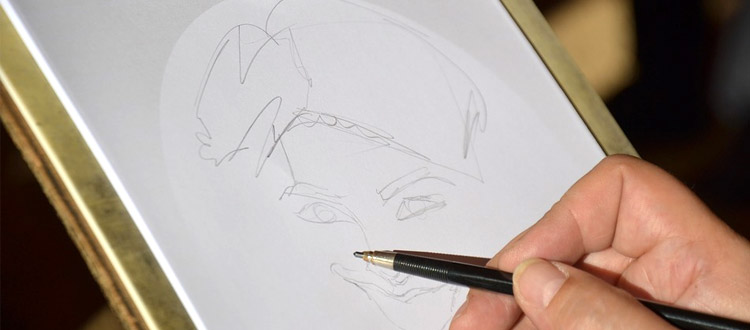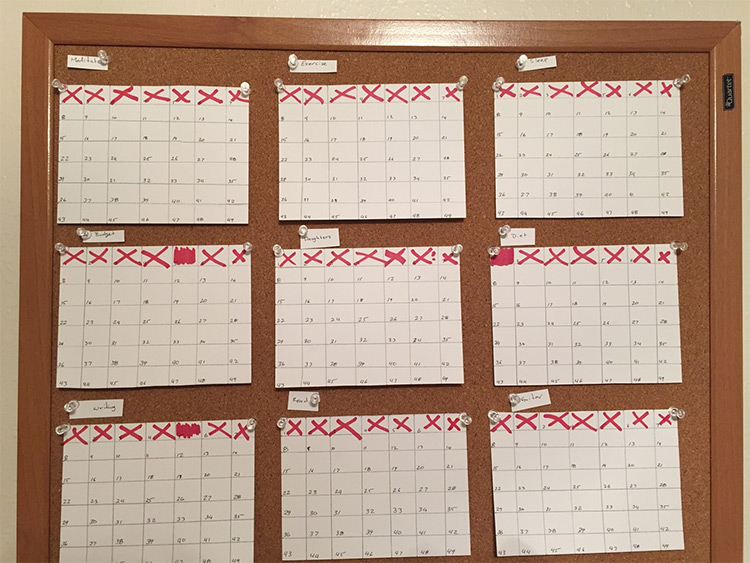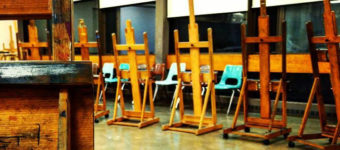
Does It Matter If I Never Drew As A Kid?
It’s never too late to learn how to draw. This advice can be found everywhere in books, online videos, and trumpeted by teachers at all levels.
But people who want to become industry pros often have a related question. Is it possible to become a professional artist with no experience drawing as a child?
If you check out interviews from professional artists you’ll find 90% of the time they all started as kids. Most pros will admit they’ve been drawing since their age was in the single digits. It’s “just something they always did”.
But not everyone is fortunate enough to have that experience. Yes kids like to scribble with crayons for fun. But drawing as a kid and sticking with it through adolescence is a common factor amongst talented employed artists. It’s a different scenario than scribbling in a coloring book.
But is this childhood experience a requirement for getting a job as an artist?
I’d say no it’s not, but there are some things to consider if you’re starting late.
Total Practice Does Matter
If you’re just getting started in your 20s or 30s it can be upsetting to see kids 18 or 19 years old with impressive portfolios. These are most likely the kids who have been drawing since they were in diapers.
The only reason they’re so good is because they’ve put in the work and have the hours to show for it. Many people fall back on the 10,000 hour rule. But that has been heavily debated and it was recently found that practice time only equates to roughly 1/3 of results.
This means some people can reach a “master” level of drawing after 4,000 hours instead of 10,000. Or it might require 25,000 hours. It’s merely a principle and certainly not worth believing as seriously as people seem to.
Drawing and improving requires a feedback loop. First draw something, then study it for inaccuracies. Study your methods for flaws. Repeat what seems to be working and change what isn’t working.
People who have been drawing since a very young age likely had hours of free time every year to follow that drawing feedback loop. Young kids have lots of free time and this is a huge benefit to people who have been drawing since they were young.
Once you get into your early 20s you realize life isn’t so easy going. Bills, shopping, cooking, laundry, and other miscellaneous tasks consume much more time than you’d think. So it’s a lot harder for a 23 year old to draw all day long compared to a 13 year old on summer vacation.
The point here is that time spent practicing does matter, although how much time and how much it matters is debatable.
But it’s ultimately easier to access time as a kid. This may explain why it’s so much easier for younger people to dedicate their time to improving.
This doesn’t mean you’ll never become skilled enough to land a job in the industry if you’re a late starter. You just need to dedicate more time than your peers who may already have 5-10+ years of practice ahead of you.
If you’re closer in age to 30 than 20 and have no drawing experience you may need to sacrifice a lot of free time. It depends on your goals. But if you’re looking for a career in your 30s then you need to be drawing every day as many hours as possible. Same goes for someone in their 30s getting close to 40.
Don’t let anybody tell you it’s too late. If you can put in the work and make it happen then nothing is ever too late. Hours do matter, but dedication is a much greater factor.
Type of Practice Matters
Please keep in mind that it’s not just how much you practice, but also how focused your practice is.
I recently found this post which accurately defines the quality of practice: “2 years of dedicated study and focused practice is better than 10 years of doodling.”
A lot can happen in one year’s time. But it requires genuine effort.
When first getting started you may be so bad that you just draw basic shapes. Circles, cones, and boxes. If you do this long enough you’ll get really good at drawing shapes, but eventually you’ll need to move on and challenge yourself with more.
The way you practice genuinely affects how quickly you improve. My go-to recommendation is Scott Robertson’s How To Draw which teaches very basic lessons for self-improvement in linework and construction.
You’ll want to consume as much information as possible. But stay sharp while doing this. You’ll find that a lot of info just doesn’t jive with you, and that info should be discarded in favor of other resources.
Follow whatever works for you. It’s tough teaching yourself how to draw but it is completely possible.
I recommend keeping a small list of practice routines to follow. You can even setup a calendar or do the X effect to keep yourself on task every day.

Your practice route list might look something like this:
- Shapes and line control(1 hour)
- Gesture drawing(1 hour)
- Perspective(30 mins)
- Rendering(30 mins)
- Life drawing(30 mins)
These are merely suggestions for areas to practice. You should really do whatever you need to improve the most. Regardless of what it is I guarantee there are learning materials out there to help you.
Perspective Made Easy is a very affordable place to start learning perspective. Another great choice is Bridgman’s Life Drawing for mastering gesture and life drawing.
You can also browse the Internet looking for suggestions, but this is an easy way to get distracted.
Instead you should make a list as above with all the areas you want to improve. This list will change over time. It’s important to stay conscious of your weaknesses and be willing to shift gears if needed.
If you feel more comfortable with gesture but very weak on rendering, maybe pick up a copy of How To Render and follow those exercises for 2+ hours every day.
If your anatomy is weak then consider the Proko anatomy course or the Atlas of Human Anatomy. Find gesture poses online and practice the hell out of drawing the human figure.
This is what it means to practice with intention. Recognize the areas you’re lacking and purposefully focus on those areas to see the greatest improvements.
Overcoming Age
A lot of barriers into this field are mental barriers. You need to truly believe in yourself and your behaviors to succeed.
There are many other factors which contribute to success like your personality, market saturation, and just plain old luck. But you should do everything you can to swing the odds in your favor.
My recommendation is to tackle drawing first as a hobby rather than a serious career.
This changes your psychology so that your end goal is to be a great artist, rather than to be hired as a professional artist. Anyone can become a great artist. Not everyone can become a paid artist.
But every paid artist is a great artist.
Start from that and move forward.
Once you reach a level where you feel confident in your skills then build a portfolio and then launch a site for your artwork. Those are the first steps towards becoming a professional.
This psychological state doesn’t mean you’re not interested in the industry. It’s more about rearranging your expectations so that you don’t feel incredible pressure to “succeed” and land that magical job finally breaking into the industry.
If your mind is solely focused on improving as an artist then you’ll have a much easier time achieving that goal. What you do from there is entirely up to you.
Let’s say you never drew as a child. You have little-to-no experience now, and there are tons of people your age with much more skill. How do you overcome that skill gap? By putting in the work. It’s so damn simple in theory but very few are willing to do it.
Be willing to sacrifice time in your schedule to put drawing first.
Study with purpose.
Be willing to change and always strive to improve. If you do this with enough consistency I guarantee you’ll see results no matter what age you are.











